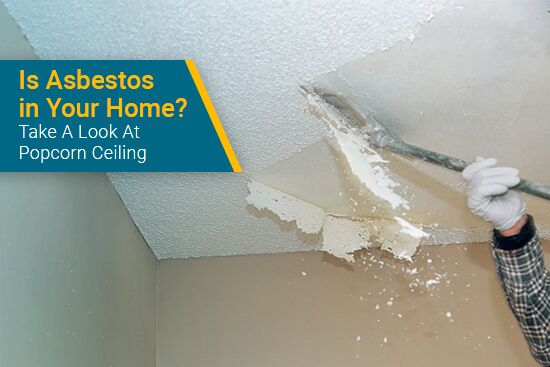What is popcorn ceiling?
Popcorn ceiling refers to a style of ceiling that resembles popcorn kernels. It was widely used in American homes during the 20th century. Builders were attracted to the ceiling style because of the affordable price tag, simple spray-on application process and ease of concealing imperfections.
